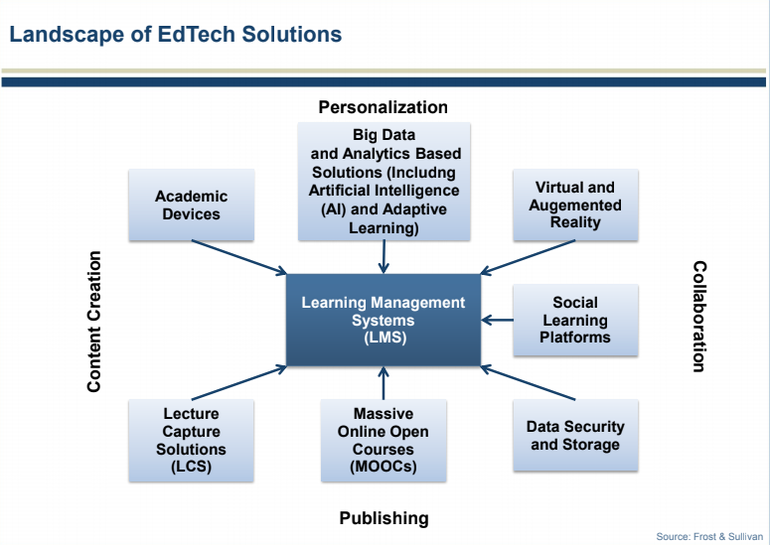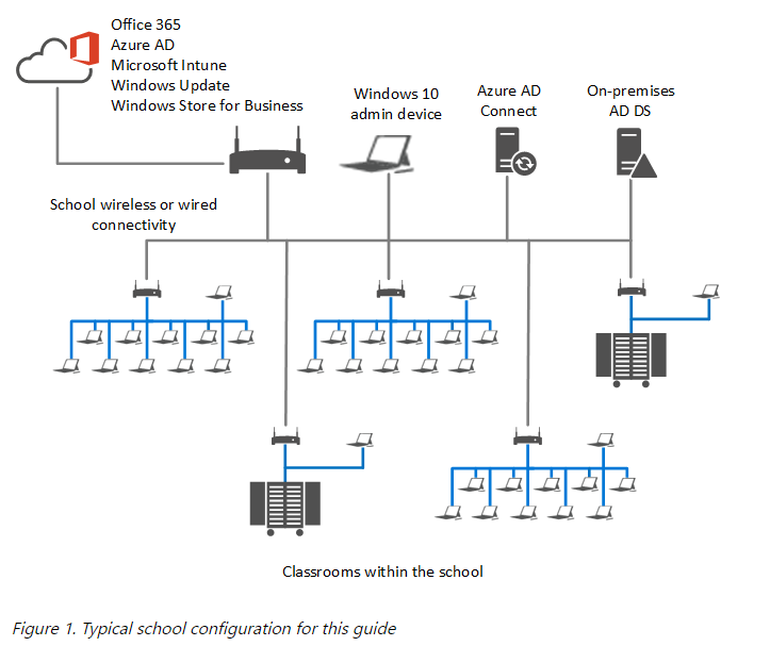With Apple re-emphasizing its push for the education market with its new iPad and software updates, it's worth examining how the company stacks up with Google and Microsoft. Here's a look at the core pitches as well as the moving parts.
The education market is a little more interesting, as Apple has stepped up its software and app game to manage the student and teacher experience, and it launched a new $299 iPad for schools with Apple Pencil support. (See more on what was announced at Apple's event from here.)
The big question is whether Apple is too late to close in on Google's lead in the education market that is pushing 60 percent market share.
Simply put, the stakes are high. Frost & Sullivan said the educational market generated $17.7 billion in revenue for technology vendors. Of that sum, Google, Microsoft, and Apple accounted for nearly 83 percent of the revenue pie. Frost & Sullivan, however, noted the market is shifting, and the battleground is moving toward augmented reality and virtual reality content and tools, AI and robotics, and analytics.
And here's a look at the key players in the education market and their core strengths.
Given the education market dominance of Apple, Google, and Microsoft, it's worth examining strategy and assets from the big three tech players.
APPLE
The company's efforts in education boil down to inspiring creativity, giving students a cool device with the iPad, an ecosystem of apps, and Apple Pencil. At its Apple Education Event, the company closed the education management gap by updating its iWork suite with Apple Pencil support and rolling out Classroom, Schoolwork, and other applications for the iPad that will enable assignments, annotations, and new learning tools.
Hardware: Apple's primary hardware vehicle in the education space is its 9.7-inch iPad, which will be available to consumers for $329. That price may mean that students will bring their own devices to school, too. At $299, the new iPad can be on par with Chromebooks and an army of cheaper Windows PCs. Toss in a pencil, case, and keyboard, and Apple's iPad is barely holding court with alternatives from Google and Microsoft.
Specs include:
- Capacity: 32GB, 128GB
- Networking: Wi-Fi, Wi-Fi + cellular
- Weight: 1.03 pounds
- Connector: Lightning
- Screen: 9.7-inch Retina
- Apple Pencil support
- A10 processor
- 8-megapixel camera
- 1080p HD video recording
- Sensors: Touch ID, Three-axis gyro, Accelerometer, Barometer, Ambient light sensor.
Software: Apple's approach, outlined at the March 27 education event, is to emphasize creativity for students and match management tools and IT support. Apple School Manager connects to multiple mobile device management platforms.
- Classroom, a teacher assistant app to manage lessons and iPads.
- 200GB of free iCloud storage for teachers and students.
- Schoolwork, an app to create assignments and monitor progress. It features Handouts to create and send assignments.
- ClassKit, an education framework to connect apps to Schoolwork.
- Everyone Can Create, a teaching guide and free learning system focused on drawing, music, film, and photography.
- Apple School Manager to manage accounts in school.
- Updates to iWork to support Apple Pencil.
GOOGLE
Google has raced to market share pushing 60 percent in education, according to FutureSource Consulting. Google's G Suite and Classroom have complemented inexpensive, easy-to-manage Chromebooks to capture market and mindshare in education. Google's core pitch is lower device management and support costs, security, and less time to deploy.
Hardware: Chromebooks are made by multiple vendors and start at $149. Tablets are also an option, but the Chromebook is what school districts typically buy. These arrangements can include an annual management fee of $30 and replacements if needed. The upgrade cycle is often built in at three years. A Chrome Education license allows for deployment and management from anywhere to 100 to 100,000 Chromebooks.
Specs vary based on the manufacturer, but, generally speaking, Chromebooks (see best ones for 2018) have the following:
- Chrome OS;
- CPU of Intel Celeron in 1.6GHZ range (AMD, Rockchip also used);
- RAM: 4GB to start;
- Hard drive of 16GB;
- Screens of 11 inches;
- Webcam;
- USB, HDMI, headphone ports;
- Wi-Fi;
- Battery life: 10 to 11 hours.
Software: G Suite and ease of management touted as well as the price (free). Google's deployment model largely revolves around deploying G Suite.
- G Suite for Education
- Classroom to manage assignments, feedback, and storage
- Mobile app support
- Expeditions AR application;
- IT management tools for Chromebooks, G Suite, Google Classroom
- Web and Android apps
MICROSOFT
Microsoft's core pitch to education is that Office is needed for job skills as well as higher ed. Microsoft's core pitch revolves around enterprise-scale deployment, Windows devices on par with Chromebook prices and Office 365 with goodies such as Minecraft for education thrown in.
Hardware: Windows laptops and 2-in-1 devices starting at $159. Microsoft and manufacturing partners have moved to roughly match Chromebook pricing. Microsoft also has touched- and pen-compatible tablets, but, generally speaking, laptops are the workhorses.
Specs vary by device and manufacturer, but a Lenovo N22 starts at $169 and has the following:
- Windows 10
- Intel Celeron at 1.6Ghz
- 4GB RAM
- 32GB of storage with SSD
- 11.6-inch screen
- Microsoft's featured devices in the $100 to $300 band are all Lenovo and Acer laptops.
Software: Office 365 is the primary asset with Minecraft for Education a bonus. Moving parts include:
- Office 365
- Skype
- Sway, an application for interactive class materials and sharing.
- OneNote, for note taking
- Minecraft, which is used for collaboration and creating new worlds
- Imagine Academy for technology skills and courses
- Set up School PCs app for deployment, Microsoft Deployment Toolkit, as well as Intune
- Overall, Microsoft's education deployment approach rhymes the most with what an enterprise would experience. Here's a typical Microsoft education deployment.










No comments:
Post a Comment